Qingming Festival: Ancient traditions vs. modern trends
Qingming Festival, also known as Tomb-Sweeping Day, is a traditional Chinese festival when special tribute is paid to ancestors. In 2018, the festival falls on April 5, also the beginning day of China's fifth solar term, Clear and Bright.

The festival was first observed by ancient Chinese folks in the Zhou Dynasty over 2,500 years ago.
Besides the majority Han people, other 24 minority ethnic groups in China also follow the tomb-sweeping tradition, including the Manchu, theHezhen, the Zhuang, the Oroqen, the Yi, the Tujia, the Miao, the Yao, the Shui, the Jing, the Qiang and more.
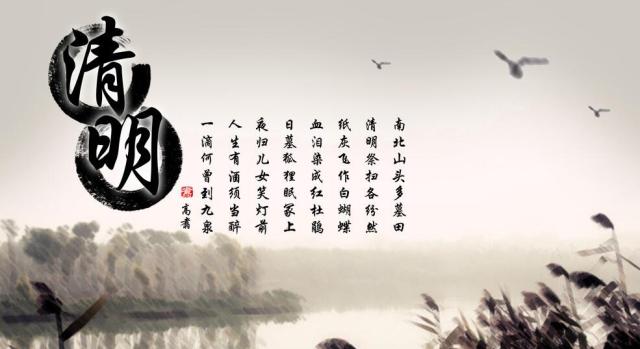
While honoring the deceased, Chinese folks also have a happy family reunion featuring a spring outing, as well as other activities, during the festival. Here are the details.
Ancient traditions
1.Tomb-sweeping
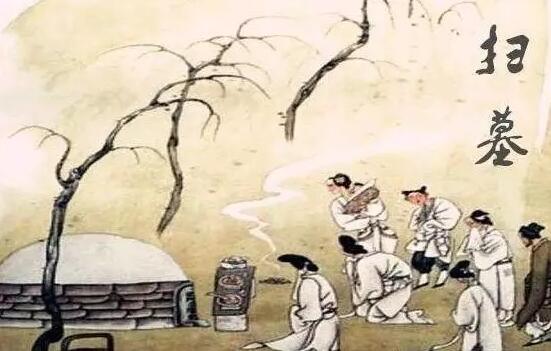
On the day, folks are dressed in plain clothes to visit the tomb sites of dead relatives. The weeds around the tombs are usually cut or uprooted, with tombstones cleaned and offerings set. The common offerings involve incense sticks, joss paper, and homemade food.
2.Spring outing

In ancient times, the activity was called spring searching. In April, it is fine, clear and bright, and the earth comes back to life again. So the festival makes a good occasion for Chinese folks to get close to mother nature and admire her charming spring scenery.
3.Kite-flying

It is one of the most popular activities among kids during the festival. In flying a kite, they can run freely in the open air, having fun.
4.Swing-playing
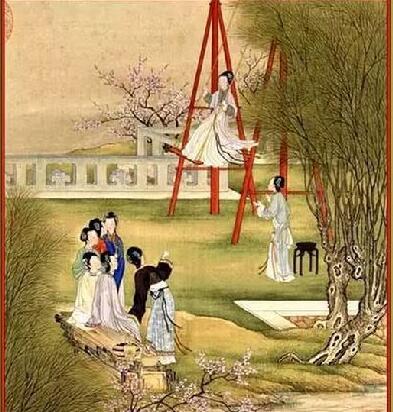
In the past , a swing is formed by tying two ropes to a tree branch. A pedal or sitting board is fixed to the other rope ends. Children love swinging.
5.Tree planting

Since ancient times, Chinese has followed the tradition of planting trees during Qingming Festival. Some even called it the “tree-planting day”. The custom dates back to the Ming Dynasty, when Chinese folks began to stick willow branches into earth and cultivate them into seedlings.
6.Eating green dumplings

The green dumpling is a Qingming food popular in east China’s Jiangsu and Zhejiang. Mixing mugwort liquid with glutinous rice flour, ancient Chinese invented green dumplings, which are soft, sweet, delicate, and refreshing.
7.Gourd-shooting

It is an old shooting game recorded in the Ming Dynasty literature. In the game, pigeons are placed in gourds, which are hung high on the willow tree. If a arrow hits the gourd, the pigeon will fly out. The one who gets the pigeon fly the highest will win.
8.Ball-kicking

The ball is made of leather and stuffed with hair. This game used to be popular during the festival. Yellow Emperor, a legendary ruler in ancient China, is said to have invented the game, with the purpose of training warriors.
Modern trends
Nowadays, the Qingming festival still means tomb sweeping, tree planting and spring outing.
However, some minor changes have taken place in the normality.
1. More civilized
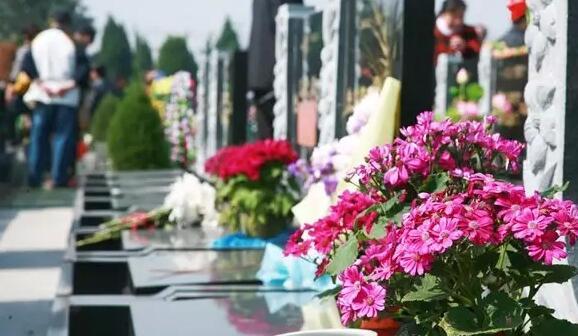
Now Chinese people use flowers instead of firecrackers and music instead of candles in tomb sweeping, and they bring some wine, plant trees and tell stories in the old days to remember the ancestors.
2. More fun

With a three-day holiday available, drive-tours have form a new trend among the Chinese mid-income group.
3. Easier and faster

During the three-day holiday, China's highways are free of charge(from 0:00, April 5 to 24:00 April 7).
In all, the Qingming Festival is a bitter-sweet occasion for Chinese folks. It facilitates affection among family members and relatives.
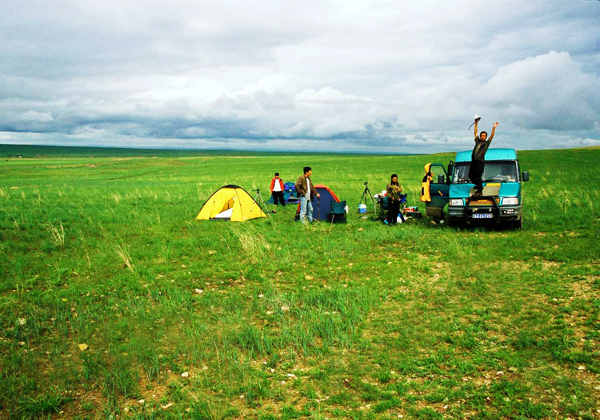
Editing Zhu Dongran and Wang Shixue